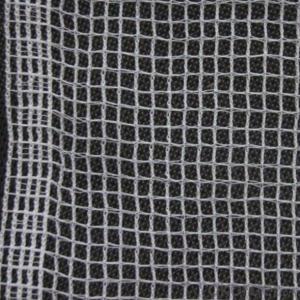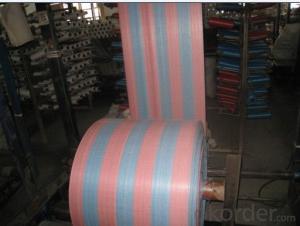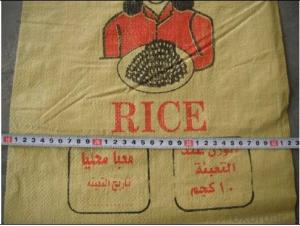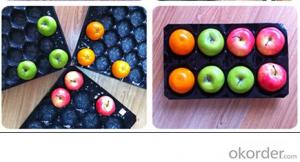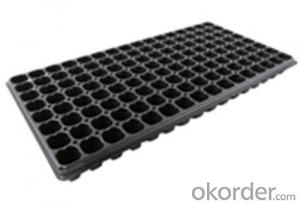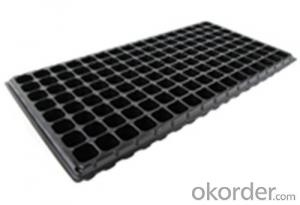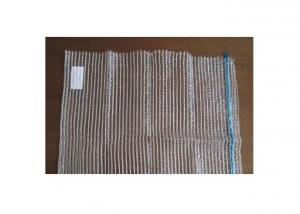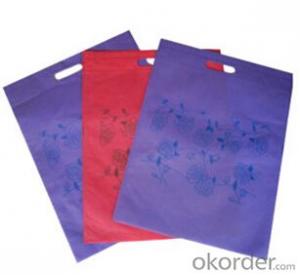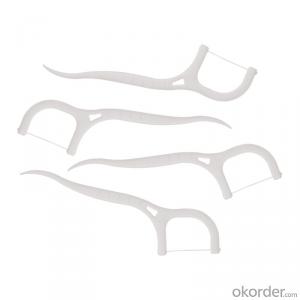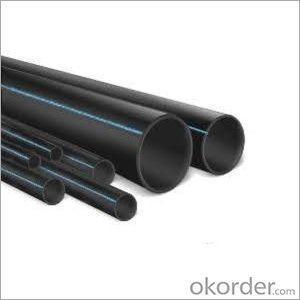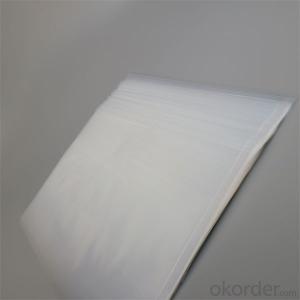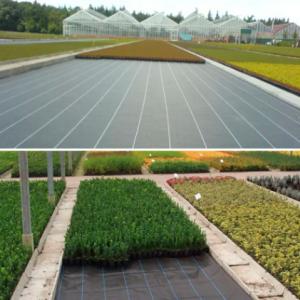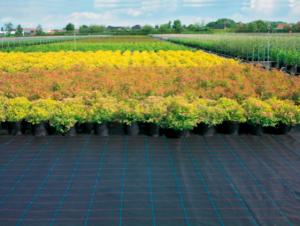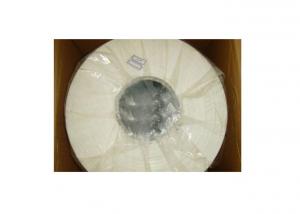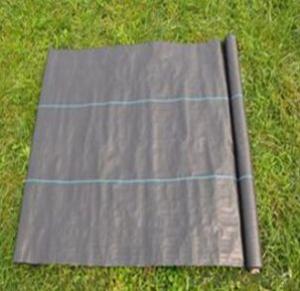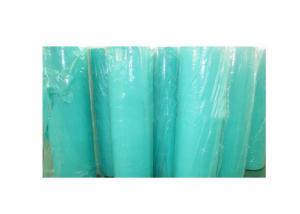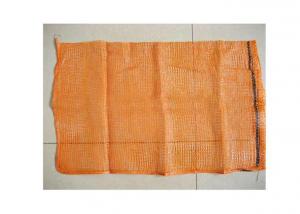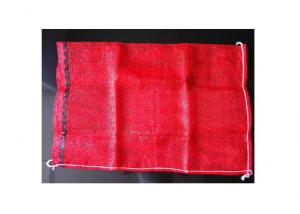Protective Inner Liner For Packaging Pomegranate
- Loading Port:
- Qingdao
- Payment Terms:
- TT OR LC
- Min Order Qty:
- 200000 pc
- Supply Capability:
- 6000000 pc/month
OKorder Service Pledge
OKorder Financial Service
You Might Also Like
Introduction of Protective Inner Liner For Packaging Pomegranate
1. Made of PP , food class, eco-friendly
2.Size: 39*59cm 23*38cm
3.Weight:11g/pc,30g/pc
4.Color: black , red ,blue any color is available
5. Caliber: according to your requirement
Application of Protective Inner Liner For Packaging Pomegranate
1. Protection of your fruit from damage during transit,retail and display and preserve the quality of your fruit.
2. Maximum comfort during transport for fruit or vegetables.
3. Multiple perforations for maximum ventilation, Keep fruit orvegetables fresh.
4. Adaptable to all types of outer packaging
5. Can achieve good packing effect
6. To protect the fruit efficiently during its long journey to the international markets.
7. Packaging (with wood pallets)
Advantage of Protective Inner Liner For Packaging Pomegranate
We also have many other sizes and many shapes for pear, kiwi etc.
tray liner dimension:29*49cm,37*57cm,39*59cm diameter
number of fruits:90+,85-90,80-85,75-80,70-75,65-70 and etc.
We always persue perfect quality, quickest lead time and first class service.
We would like to make fully cooperation with our customers for the bright future of environmental packaging products.
Pictures of Protective Inner Liner For Packaging Pomegranate
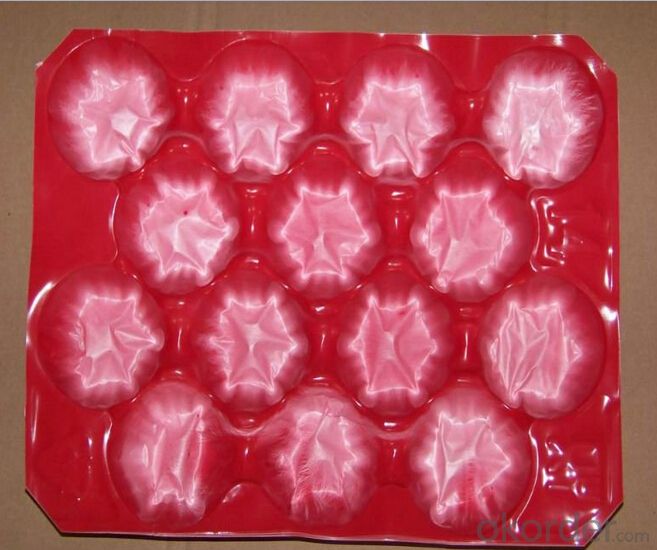
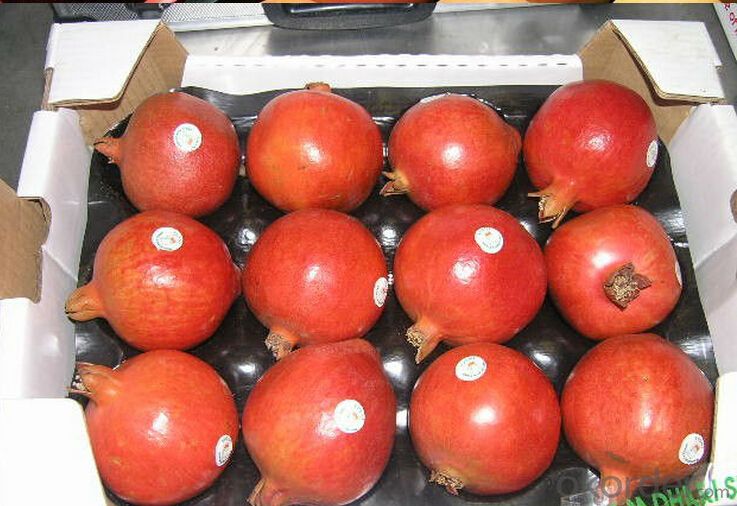
FAQ:
Q1 How fast can i get the quotation?
A We usually quote within 24 hours after we get your inquiry. If you are very urgent to get the price, please call us or tell us in your email so that we will regard your inquiry priority.
Q2 How can i get a sample to check your quality?
A After price confirmation, you can require for samples to check our quality.
Q3 What kind of files do you accept for?
A PDF, Word, Excel
Q4 Can you design for us?
A Yes. We have a professional team having rich experience in plastic tray design and manufacturing. Just tell us your ideas and we will help to carry out your ideas into perfect plastic tray. It does not matter if you do not have someone to complete files. Send us high resolution images, your Logo and text and tell us how you would like to arrange them. We will send you finished files for confirmation.
- Q:Can nursery trays be used for growing fruit trees?
- Yes, nursery trays can be used for growing fruit trees. They provide a convenient and controlled environment for seed germination or young tree growth. However, it is important to transfer the trees to larger containers or plant them in the ground as they outgrow the trays to ensure proper root development and overall tree health.
- Q:Are there any ground cover plants that attract pollinators?
- Yes, there are several ground cover plants that attract pollinators. Some examples include creeping thyme, creeping phlox, wild strawberry, and creeping sedum. These plants not only provide beautiful ground cover but also attract bees, butterflies, and other pollinators with their vibrant flowers.
- Q:Are nursery trays suitable for starting shrub cuttings?
- Yes, nursery trays are suitable for starting shrub cuttings. They provide a controlled environment for the cuttings, allowing for proper drainage and root development. The trays also make it easier to manage and monitor the growth of the cuttings.
- Q:What are the different types of plastic products used in agriculture?
- Some of the different types of plastic products used in agriculture include plastic mulch films, greenhouse films, irrigation pipes, seedling trays, plant pots, drip tapes, silage bags, and netting.
- Q:Are there any ground cover plants that are drought-tolerant?
- Yes, there are several ground cover plants that are drought-tolerant. Examples include creeping thyme, sedum, ice plant, and yarrow. These plants have adaptations that allow them to survive and thrive in dry conditions with minimal water requirements.
- Q:Can agricultural plastic products be used for plant labeling?
- Yes, agricultural plastic products can be used for plant labeling. Plastic tags or labels are commonly used in agriculture to identify and label plants, especially in nurseries or large-scale farming operations. These labels are durable, weather-resistant, and can withstand outdoor conditions, making them suitable for plant identification and tracking purposes.
- Q:hey can anybody body provide me with 5 or more resolutions to aviod plastic and products as far as possible.
- 1.canvas shopping bags instead of plastic ones 2.Get rid of your plastic dishes and cups, and replace them with glass varieties 3.Avoid products that are packaged in plastic 4.stainless steel water bottle instead of plastic bottles 5.stopped using plastic dish scrubbies to wash dishes. I now use Twist sponges, which are all natural and biodegradable. 6.)I stopped buying cream hand lotion, instead lotion that comes in a metal tin 7.)I return my styrofoam egg cartons
- Q:How do I prevent ground cover from spreading too much?
- To prevent ground cover from spreading too much, you can implement regular maintenance practices such as regular trimming, pruning, and edging. This will help control the growth and keep it within the desired area. Additionally, installing barriers like edging or a root barrier can create a physical barrier to limit the spread of ground cover. Lastly, regularly monitoring and removing any unwanted runners or offshoots will help prevent excessive spreading.
- Q:How does agricultural plastic affect crop pollination?
- Agricultural plastic can have both positive and negative effects on crop pollination. On one hand, plastic mulches can help conserve soil moisture, control weed growth, and increase crop yields, thus indirectly benefiting pollinators by providing them with more abundant and higher quality food resources. On the other hand, excessive use and improper disposal of plastic materials can harm pollinators by disrupting their foraging and nesting habitats, causing entanglement or ingestion issues, and contributing to environmental pollution. Therefore, careful management and responsible use of agricultural plastics are crucial to minimize negative impacts on crop pollination and support the overall health of pollinator populations.
- Q:How does agricultural plastic affect crop quality grading?
- Agricultural plastic can have both positive and negative effects on crop quality grading. On one hand, plastic mulch or covers can help regulate soil temperature and moisture, leading to improved crop growth and quality. It can also protect crops from pests, weeds, and diseases, resulting in higher-grade produce. However, improper disposal or management of plastic waste can contaminate crops, causing them to fail quality grading standards. Furthermore, plastic debris left in the field can hinder proper harvesting and processing of crops, potentially affecting their quality and grade.
1. Manufacturer Overview |
|
|---|---|
| Location | |
| Year Established | |
| Annual Output Value | |
| Main Markets | |
| Company Certifications | |
2. Manufacturer Certificates |
|
|---|---|
| a) Certification Name | |
| Range | |
| Reference | |
| Validity Period | |
3. Manufacturer Capability |
|
|---|---|
| a)Trade Capacity | |
| Nearest Port | |
| Export Percentage | |
| No.of Employees in Trade Department | |
| Language Spoken: | |
| b)Factory Information | |
| Factory Size: | |
| No. of Production Lines | |
| Contract Manufacturing | |
| Product Price Range | |
Send your message to us
Protective Inner Liner For Packaging Pomegranate
- Loading Port:
- Qingdao
- Payment Terms:
- TT OR LC
- Min Order Qty:
- 200000 pc
- Supply Capability:
- 6000000 pc/month
OKorder Service Pledge
OKorder Financial Service
Similar products
New products
Hot products
Related keywords




